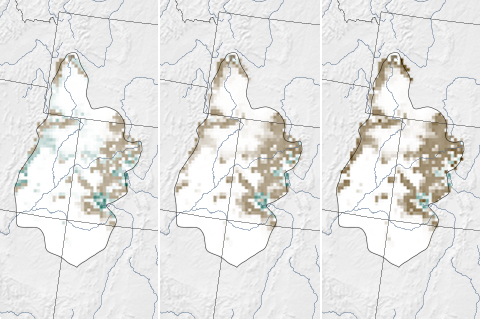
Models project that extreme dust events combined with global warming could advance the spring thaw in the mountains of the Upper Colorado River Basin by as many as 6 weeks by 2050. The earlier disappearance of snow could amplify water disputes, extend the fire season, and stress aquatic ecosystems.
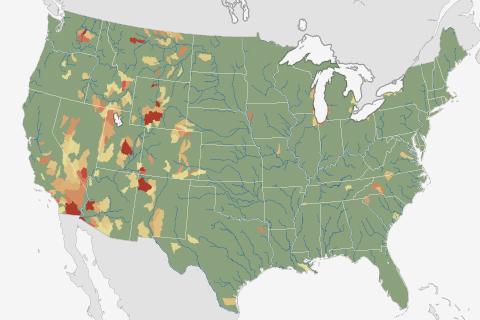
Nearly ten percent of U.S. watersheds are living beyond their means when it comes to their water supply. For nearly half the country, water stress is projected to worsen by mid-century because of climate change, according to a recent NOAA-funded analysis.

The most likely explanation for the lack of significant warming at the Earth’s surface in the past decade or so is that natural climate cycles caused shifts in ocean circulation patterns that moved some excess heat into the deep ocean.

Ron Stouffer and Gabriel Vecchi of NOAA’s Geophysical Fluid Dynamics Laboratory in Princeton, N.J., share their experiences working on one of the most comprehensive scientific documents in history.
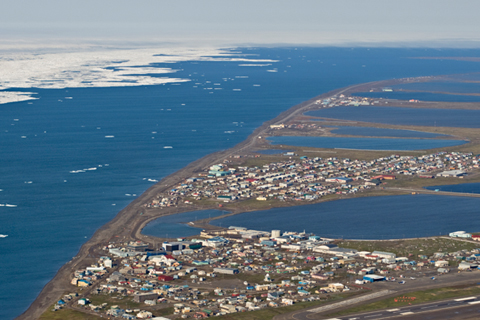
Since 2002, Octobers in Barrow, Alaska—America's northernmost town—are regularly near the warmest on record, thanks to the retreat of sea ice. The warming hinders traditional hunting activities, makes the town more vulnerable to storm surge flooding, and thaws the frozen ground to greater depths, which destabilizes roads, house foundations, and traditional underground freezers.
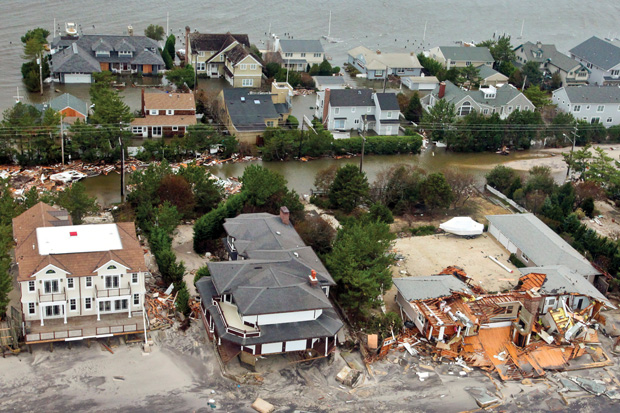
Understanding how extreme events in 2012 were influenced—or not—by human-caused climate change
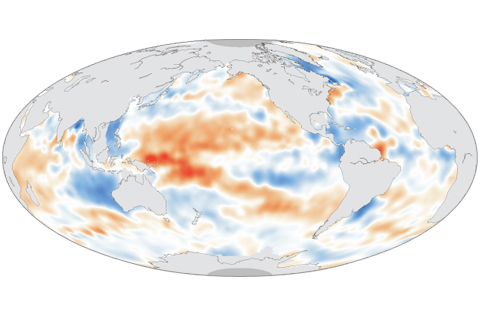
Maps of changes in the saltiness of the surface waters of the ocean over time can reveal natural climate cycles, human-caused changes in evaporation and rainfall, and variation in the strength and location of currents. This map of changes in surface salinity between 2004 and 2012 provides clues to how climate variabiity and change have influenced the global water cycle in the past decade.

Climate Matters
August 27, 2013
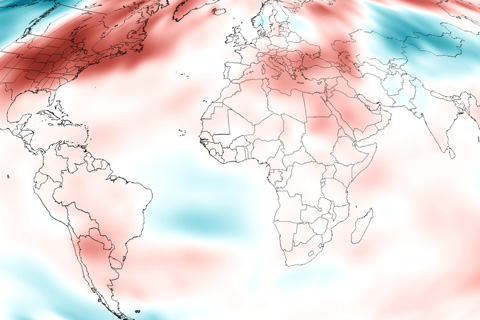
Since 1976, every year has been warmer than the long-term average, and 2012 continued the trend: the global surface temperature ranked among the top 10 warmest years on record.
